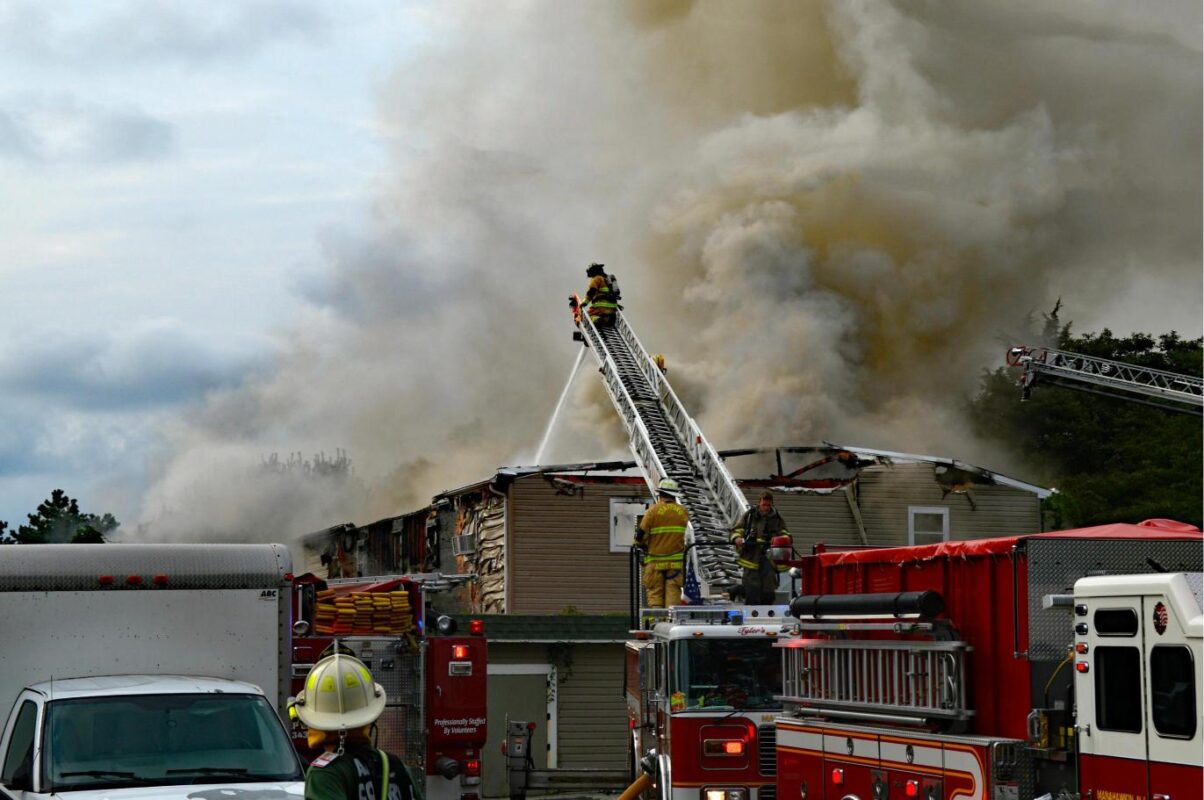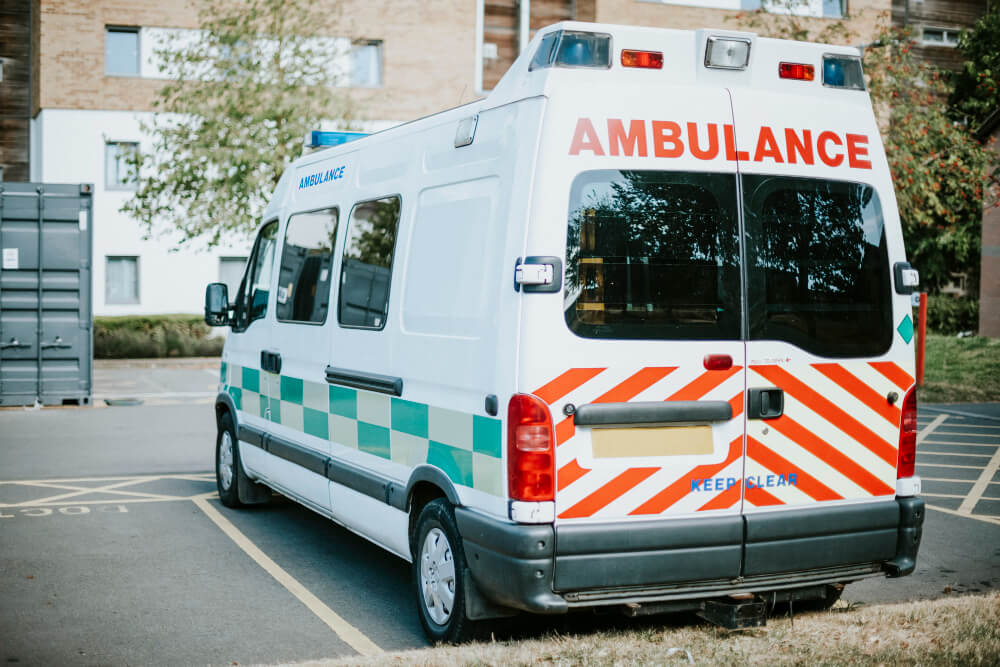First responders play a critical role in saving lives during emergencies, but they also face numerous risks as they work in high-pressure environments. Prioritizing emergency response vehicles and improving the safety of first responders and reducing the risk of wrong-way driving is crucial to ensuring that they can perform their duties effectively and return home safely. Implementing certain strategies can mitigate risks and ensure a quicker, safer response to emergencies.
Pre-Emptive Traffic Management for Emergency Vehicles
One of the most effective ways to prioritize emergency response vehicles is through pre-emptive traffic management. By utilizing advanced systems like preemption technology, traffic lights can be adjusted to allow emergency vehicles to pass through intersections without delay. This technology works by giving first responders a signal that turns traffic lights green, reducing response time and preventing congestion in critical areas.
Dedicated Emergency Lanes and Routes
Creating dedicated emergency lanes and routes can help ensure that first responders reach their destinations quickly, without being delayed by regular traffic. These lanes can be marked with distinctive road signs and barriers that allow emergency vehicles to move freely in the event of an emergency. This proactive measure helps reduce delays and ensures that ambulances, fire trucks, and police vehicles are able to navigate congested areas efficiently, without risk of accidents or unnecessary stops.
Vehicle Safety Technologies for Emergency Response Vehicles
Vehicle safety technologies such as advanced braking systems, collision avoidance, and enhanced visibility features help protect both first responders and the general public. For example, automatic emergency braking (AEB) systems can prevent accidents when emergency vehicles are navigating high-traffic areas. Additionally, improving the visibility of emergency vehicles, through the use of bright lights and reflective decals, allows other drivers to see responders from further distances, especially in low-visibility conditions such as fog or at night.

Training and Public Awareness
Public awareness campaigns and driver education are essential to improving first responder safety. Drivers should be taught how to respond when they hear or see emergency vehicles approaching, such as pulling over to the side of the road or stopping at an intersection to clear the way. Additionally, first responders should undergo continuous training that teaches them how to safely navigate traffic, particularly in high-pressure situations. This comprehensive approach to driver and responder safety ensures that both parties understand their responsibilities and can cooperate efficiently during emergencies.
Real-Time Communication Systems
Real-time communication systems are critical for ensuring that first responders are informed about potential hazards and traffic conditions as they head to an emergency. Using vehicle-to-vehicle (V2V) and vehicle-to-infrastructure (V2I) communication, emergency response vehicles can receive traffic updates, signal light changes, and even warnings about accidents or blocked lanes. These systems allow emergency responders to adjust their routes or actions, improving safety for both responders and the general public.

